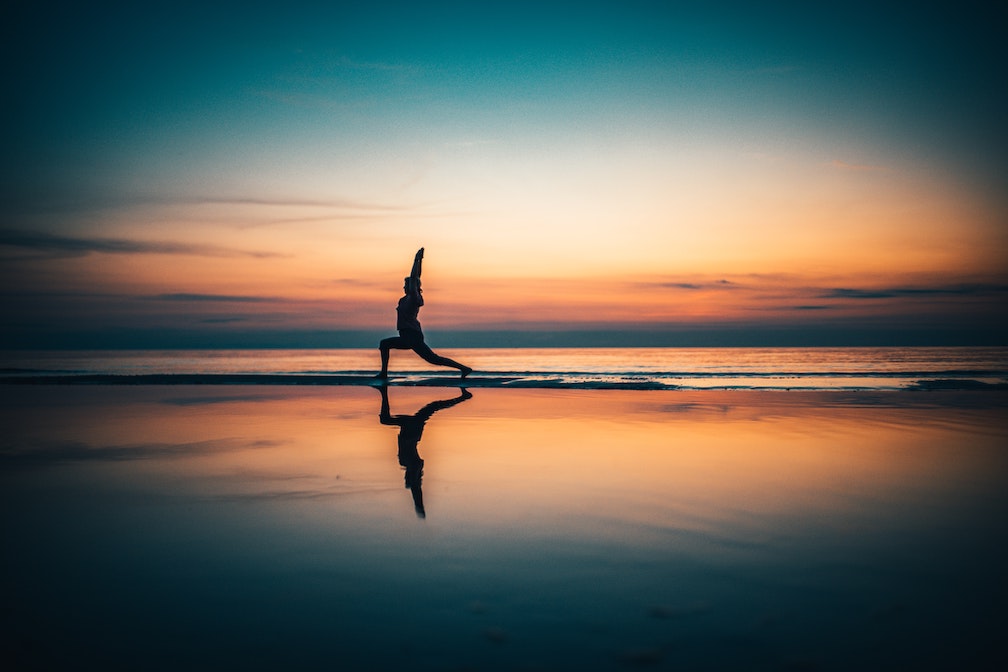1. Find a Quiet Space
You don’t need anywhere special to practice yoga at all. You can find the space on your balcony, in the living room or in your bedroom. Just make sure there’s enough room to lie down and stretch out your whole body without hurting yourself. It’s also good to find somewhere quiet without distractions from the outside world to make the most of your practice.
2. Get a Mat
The only piece of equipment you need to invest in is a good mat. Or, if you’re feeling uncertain about whether yoga is for you, you can start out by temporarily using a towel or something else to soften the ground while you make your decision.
3. Set a Routine
As with all new habits, it’s important to mark out a time you can actually dedicate to practicing yoga. Many yogis suggest incorporating your practice into your morning routines, to help you make space and adjust at the start of the day, but night-time yoga s a great way to unwind before you go to bed.
Whether you’ve been to a yoga class in a studio or not, it’s important not to expect that your at home practice will be like those you’ve experienced or seen on television or movies. Don’t look for intense hour-long sessions which will leave you sweating. The benefits of at-home yoga are the regular routine and personalisation to you.
5. Lose your Expectations
Just like expecting your yoga practice at home to be like a world-class lesson, you also need to release yourself from expectations of what yoga looks like, and what your body should be able to do. Not all yoga practices involve headstands and contortionist poses.
6. Learn some Basic Postures and Terms First
As with many things, the world of yoga can seem intimidating at first because of a range of language of expert terms, used by yogis and others who use the traditional Sanskrit names for things. We recommend breaking down some of those barriers and getting to grips with the terms and meanings before you try out your practice.
7. Choose a Practice or Guide
If you already have some knowledge of yoga, or prefer to do things at your own pace, don’t be afraid to head into a yoga practice without a guide. Perhaps set a position that you’d like to try out or put on a breathing meditation guide. However, if like us you prefer to have someone there to give you structure and purpose, the internet offers a whole world of practices to turn to.
8. Listen to your Mind and Body
Ultimately the aim of yoga is to know and accept your mind and body, without judgement. Learn to listen to your body, and don’t be afraid to make space for it where it needs help, pushed harder or even toned down. This all just depends on how it responds. Yoga is different for every single person that practices it, so take the time to learn about what you need and gain from it.
Read the full story here.
Photo: Raimond Klavins/Unsplash





